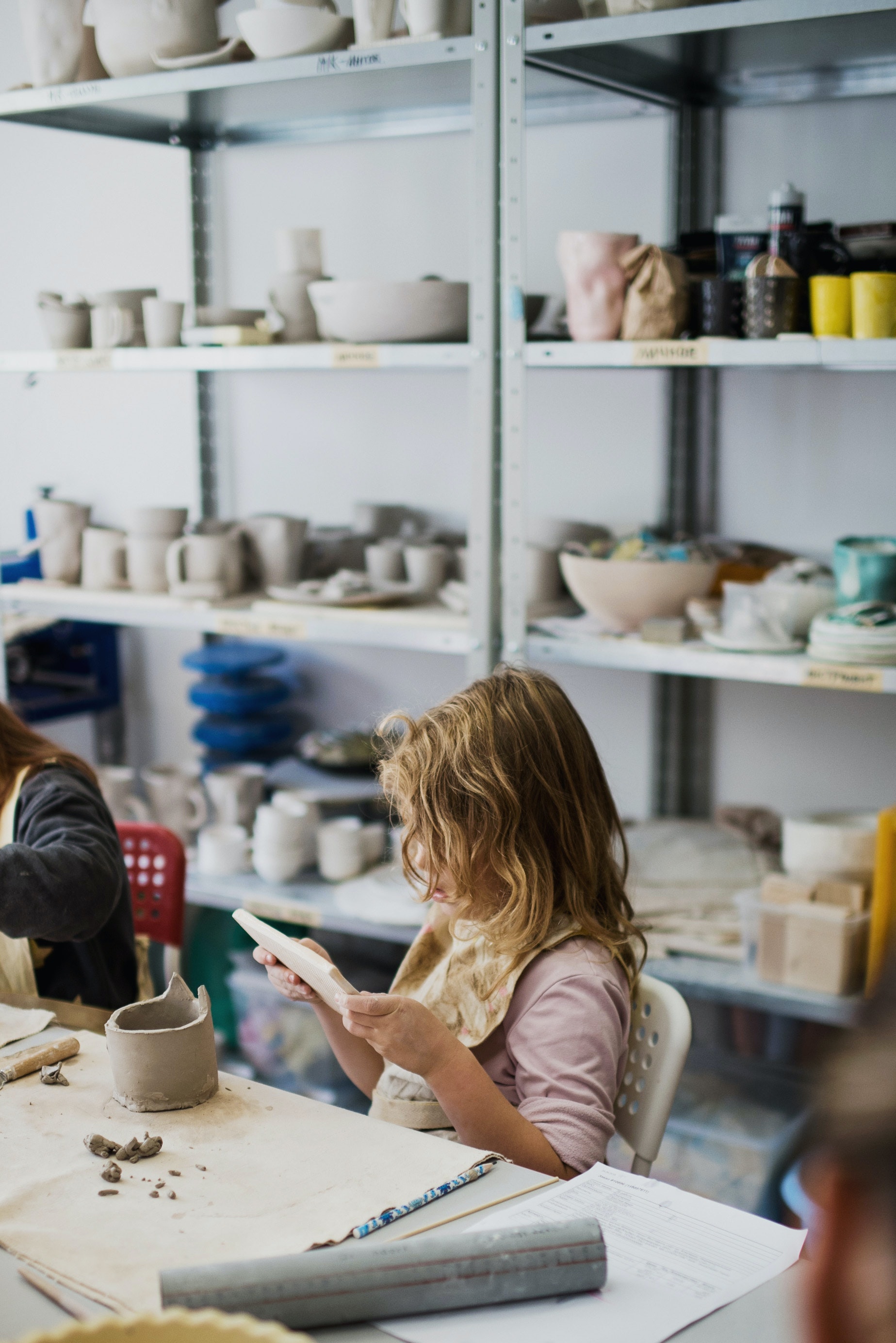Transform your living or working space with unique and vibrant pottery products from Paloma Pottery. Products available for all tastes and budgets!

Children with learning difficulties face countless obstacles both at home and at school. Challenges like ADHD, autism spectrum disorder, and dyslexia can make it difficult for children to listen, speak, read, write, spell, or do math. Fortunately, the right tools and resources can help kids with learning disabilities grasp academic concepts, build confidence, cope with their emotions, and better communicate with others.
One way to help your child cope with their learning disability is to get them involved in the arts. Art activities can offer profound benefits to kids with all kinds of disabilities. In this article, we’ll explore how art can benefit your child and share some tips to help you get them involved.
Nurture Your Own Passion for Art
One way to get your kid excited about the arts is to explore your own passion for artistic expression. Kids naturally take after their parents and displaying your own interest in art can encourage your children to get involved as well. Plus, exploring the world of art with your children is an excellent bonding activity that will bring you closer together.
If you really enjoy creating art with your children, consider turning your passion into a new business! For example, you could teach online art classes or launch an art therapy center for people with learning disabilities. Starting a business is easier than ever thanks to digital tools. When it comes to choosing a business structure and registering your company, you can use an online formation service like ZenBusiness to avoid the expense of hiring a lawyer.
Try Art Therapy
Connecting your kids with an art therapist is another way to help them benefit from artistic activities. Art therapy offers a valuable opportunity for expression. Used therapeutically, art therapy can improve executive functioning skills for kids with learning disorders. An art therapist will help your child learn how to use art to deal with negative emotions, overcome trauma, develop self-control, and cope with the challenges presented by their disability.
Use Art to Support Academic Learning
Learning disabilities can affect a child’s ability to pay attention, focus, or put in the effort to grasp a new idea. Because of this, many parents engage in supplementary at-home learning to help their kids keep up with the curriculum. Art can serve as a valuable tool to help your child visualize academic concepts! You could even talk to your child’s teacher about incorporating the arts into their lesson plan. According to ADDitude, the arts help kids connect concepts through painting, drawing, sculpting, singing, and writing. By using a combination of visual, auditory, and kinesthetic learning modalities, your child will be fully engaged in the subject matter and better remember the material.
Encourage Their Creativity
To help your child get the most out of the arts, encourage them to create freely. Try not to provide too much instruction or guidance. Practicing the arts in this way will support critical thinking, build confidence, and help your children learn to express themselves freely without worrying about what others might think. Whether it’s music, painting, dancing, or crafting, let your child’s creativity shine with open-ended art activities.
How you talk to your kids about their art can also help to encourage their artistic expression. Ask them to tell you about their art instead of trying to guess what they created. When you want to complement their art, pick one or two specific details to comment about directly. Ask them interesting questions, like “what inspired you to create this?” and “how do you feel about it?” If they’re not happy with their creation, help them determine what they would do differently if they could start over. Getting your kids to think about their art on a deeper level will create a richer learning experience.
Art can be used as a valuable form of expression and education for kids with learning disabilities. Encourage your kids to engage in artistic activities like painting, singing, dancing, sculpting, drawing, making music, and more! You might just discover a new passion yourself!
Written by Suzie Wilson at Happier Home
